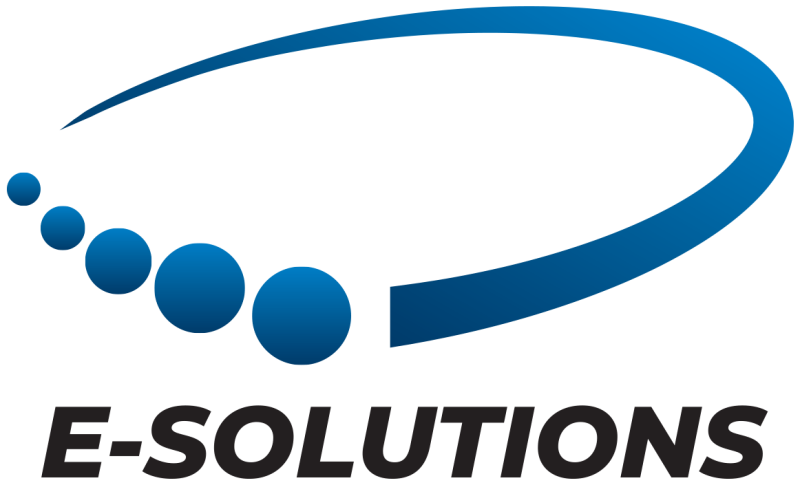Challenge
A national public health agency struggled to analyse and respond to health trends effectively due to fragmented data systems and delayed insights. Information from hospitals, labs, and vaccination centres was siloed, making it difficult to predict outbreaks, allocate resources, and design effective health programs. The agency required a robust analytics and insights framework to centralize data and improve decision-making.
Our Approach
A comprehensive analytics and insights solution was implemented to address the agency’s challenges. Data from healthcare providers, diagnostic labs, and vaccination centres was integrated into a centralized analytics platform. Predictive analytics models were developed to forecast disease outbreaks and identify high-risk regions. Real-time dashboards were created to provide actionable insights into case numbers, resource availability, and vaccination progress. Automated alerts were implemented to notify decision-makers about emerging health threats.
Outcome
The analytics-driven solution delivered significant improvements in public health outcomes.
- Disease outbreak detection times decreased by 50%, enabling quicker responses.
- Resource allocation efficiency improved by 40%, reducing shortages in critical areas.
- Vaccination rates increased by 30%, as data-driven outreach programs targeted underserved populations.
- Public trust in health programs grew by 25%, as transparency and responsiveness improved.
Conclusion
This case study highlights the transformative role of analytics and insights in public health management. By leveraging real-time data and predictive models, government agencies can enhance health outcomes, optimize resources, and build trust within communities.






